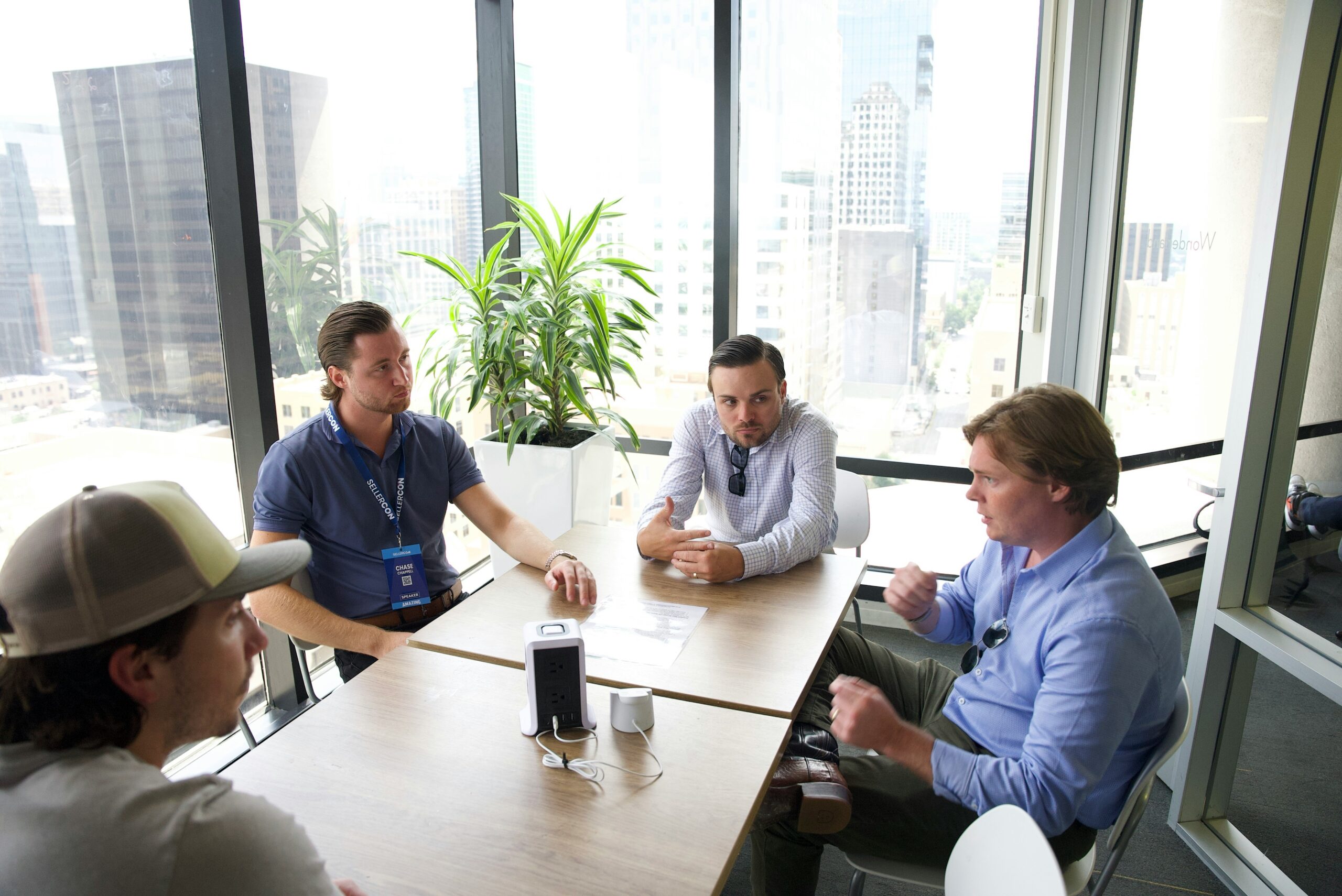
Project team leadership goes beyond managing tasks—it’s about inspiring people to work together toward a shared vision. A strong project leader combines strategy, communication, and empathy to ensure that goals are met effectively and efficiently. The role demands not only technical knowledge but also emotional intelligence to navigate the challenges of diverse personalities and perspectives.
Great leaders recognize that their team’s success is directly tied to their ability to guide, motivate, and adapt. They act as a bridge between upper management and the team, translating strategic goals into actionable plans. This requires foresight, decision-making skills, and the ability to foster trust and accountability among all members.
Building an Empowered Team
A project leader’s first priority is assembling the right mix of skills and personalities. Selecting team members who complement each other’s strengths ensures better collaboration and problem-solving. However, the leader must also create an environment where every member feels valued and heard. This inclusivity promotes ownership of tasks and accountability for results.
Moreover, empowerment comes from trust. Leaders who delegate responsibility effectively show confidence in their team’s abilities, which boosts morale and performance. Regular feedback sessions help maintain alignment with project goals while allowing individuals to grow within their roles.
Communication: The Foundation of Success
Effective communication is at the heart of every successful project team. Leaders must clearly articulate objectives, expectations, and deadlines, while also being open to feedback from their team. Transparency reduces misunderstandings and creates a sense of shared purpose, allowing everyone to move in the same direction.
Additionally, open communication encourages innovation. When team members feel comfortable sharing ideas or concerns, potential issues can be addressed before they escalate. This collaborative culture not only enhances productivity but also fosters creativity and resilience within the group.
Adapting to Change and Overcoming Challenges
Every project comes with obstacles—tight deadlines, shifting priorities, or resource limitations. Strong leaders anticipate challenges and prepare contingency plans. Flexibility and problem-solving skills are crucial to keeping the team focused even when unexpected situations arise.
In times of uncertainty, a leader’s attitude sets the tone. Maintaining calm, providing clear guidance, and showing empathy can help stabilize the team. Transitioning smoothly through change requires balancing strategic direction with emotional support, ensuring both the project and the people involved continue to thrive.
Motivating and Inspiring the Team
Motivation is not just about rewards or recognition—it’s about connecting the work to a greater purpose. Exceptional project leaders inspire their teams by aligning individual contributions with the broader mission. This helps members see the value of their efforts, creating deeper engagement and commitment.
Celebrating milestones, no matter how small, reinforces progress and keeps morale high. Furthermore, acknowledging hard work and offering constructive feedback builds a culture of continuous improvement. Motivation flourishes when team members feel appreciated and see tangible results from their collaboration.
The Power of Collaboration and Trust
Team collaboration thrives when trust is established. Leaders can strengthen trust by being consistent, fair, and supportive. When individuals believe their leader has their best interests at heart, they are more willing to take initiative and collaborate openly.
Encouraging cross-functional cooperation also enhances innovation. Different perspectives bring unique solutions to the table, improving decision-making and project outcomes. A leader who facilitates collaboration across departments and disciplines ensures that the team operates cohesively and efficiently.
Continuous Learning and Growth
True leadership involves a commitment to continuous learning—for both the leader and the team. Encouraging professional development helps team members expand their skill sets and stay motivated. Providing mentorship, training opportunities, and space for experimentation can foster long-term growth and satisfaction.
Leaders who model a learning mindset demonstrate humility and adaptability. By acknowledging that improvement is an ongoing process, they set an example that drives the entire team to evolve. Over time, this approach strengthens the team’s capacity to handle more complex and ambitious projects.
Project team leadership is a dynamic balance between vision, execution, and empathy. A great leader not only ensures the project’s success but also nurtures the people behind it. Through trust, communication, and adaptability, project leaders create environments where teams can excel and innovate together. Ultimately, mastering project team leadership is about transforming individual potential into collective achievement—one goal, one milestone, and one success at a time.